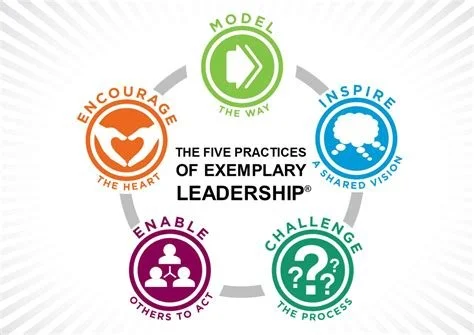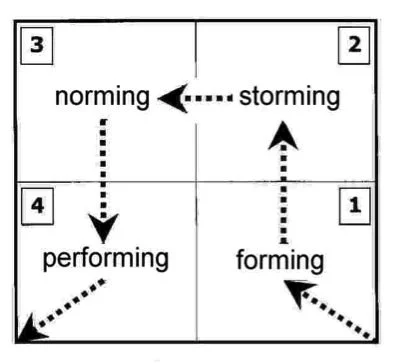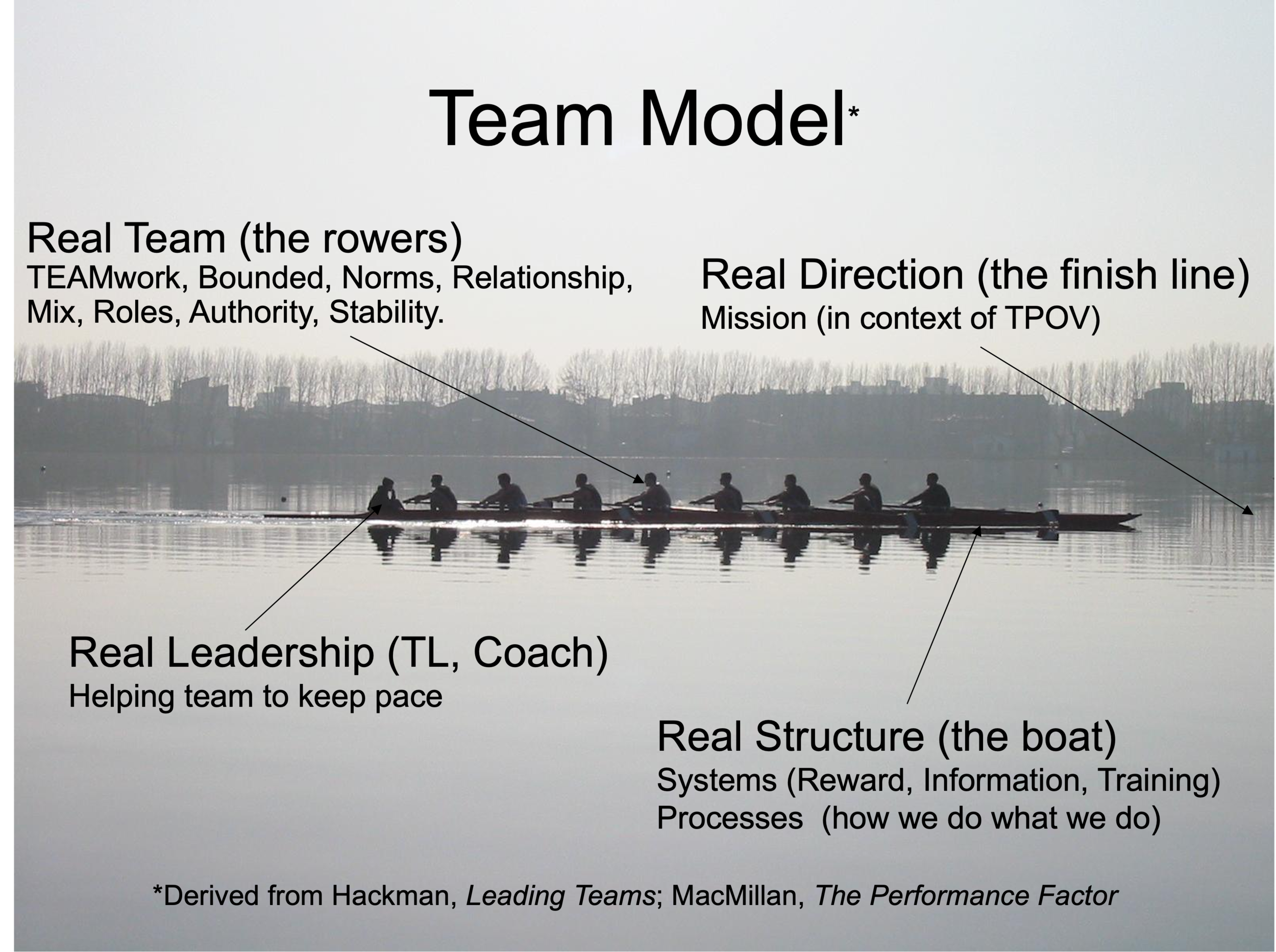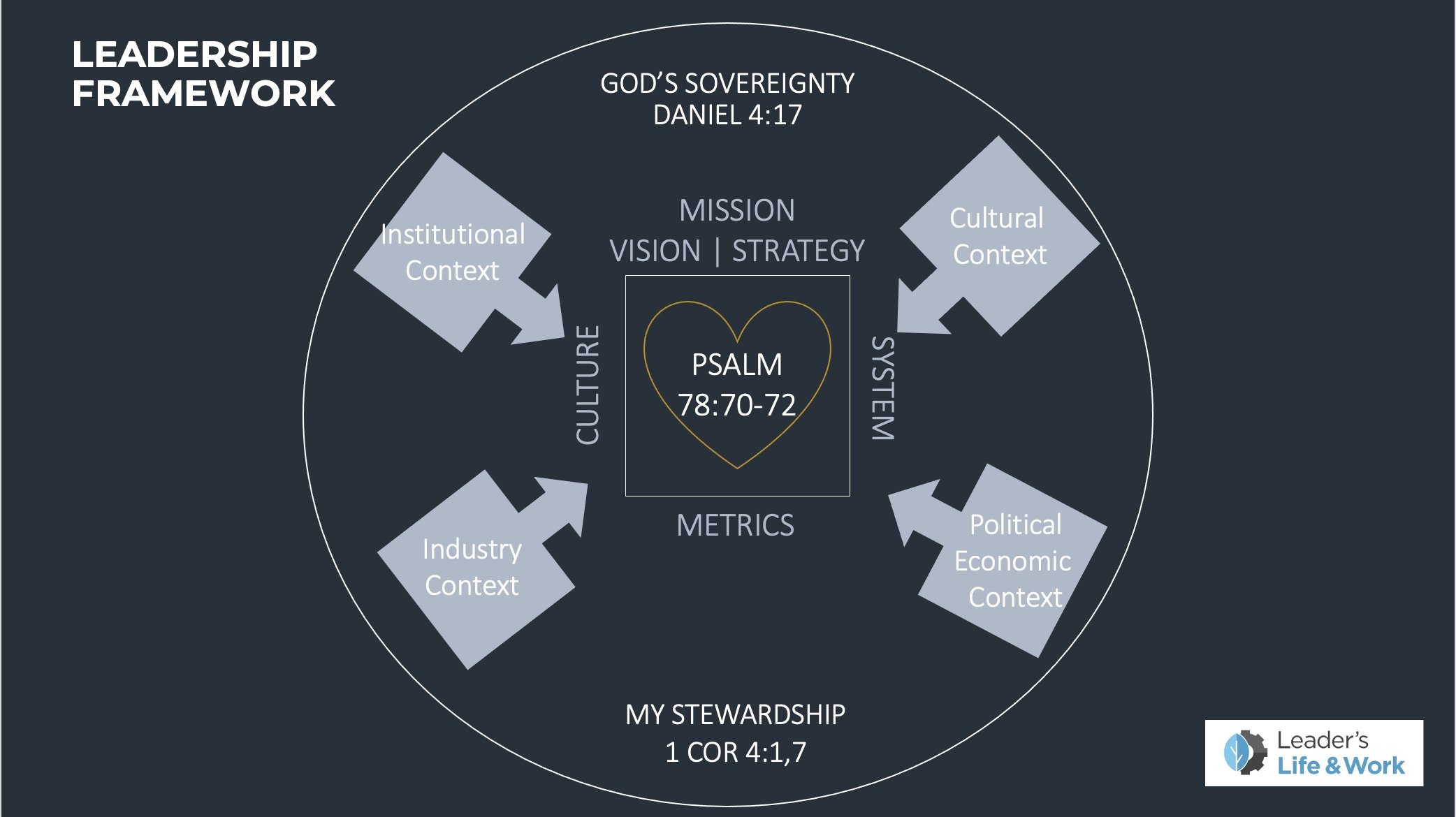My Leadership Framework
“Set the frame and set people free.”
My friend and colleague, Angie Ward is fond of saying, “Leadership is a gift, a skill, an art.” Leaders steward the gift, sharpen the skill, and improve the art using frames. In this post I share Carly Fiorina’s leadership framework and how I have modified it to create a tool that helps me evaluate my leadership and the leadership environment of any organization I enter.
WHY LEADERS NEED A FRAMEWORK
Leadership is hard work. There are no simple solutions, no easy answers, no “one size fits all.” That is why leaders need a framework. A framework is a verbal or visual picture that helps guide the leader on his or her journey. Models and frames take the complex and make it straightforward and simple (not simplistic).
Whether your workforce is 20 or 200,000, a leadership frame will clarify your thinking, sharpen your analysis, and improve your ability to serve well in your leadership role. Leaders use many types of models to frame their leadership:
Models and frames in leadership literature . . .
We can find models and frames to help us make sense out of most every leadership challenge. Here are a few:
Change Frameworks like John Kotter’s Eight-Stage Process for Organizational Change or Kurt Lewin’s Change model.
Organizational Frameworks like Bolman and Deal’s Four-Frame Model for understanding organizations.
Team Frameworks like Pat MacMillan’s in The Performance Factor or Richard Hackman’s Five Factor Model.
At times we borrow from the expertise of others, or combine and modify ideas as I have done when it comes to thinking through how teams function. I gleaned from Richard Hackman and Pat MacMillan to develop a model that helps me explains teams to others.
models and frames in the Bible . . .
Frameworks are not new. Social science, while providing many splendid examples of models and frames, does not have the “corner on the market.” Framing has been in use for thousands of years. The Bible gives us a simple but effective framework for leadership in Psalm 78:72:
“And David shepherded them with integrity of heart; with skillful hands he led them.”
Psalm 78 recounts Israel’s history. At the end of that summary of God’s work among them, the psalmist notes that God called David from shepherding sheep to shepherding (leading) his people. So what did David’s leadership look like? Verse 72 provides a succinct summary. God wants us to know that leadership is a combination of character (integrity of heart), and competency (skillful hands). Leaders focus on both sides of the leadership coin.
Models and frames in history . . .
We see frameworks in the Bible. We also see them in the pages of history. In her book, Team of Rivals: The Political Genius of Abraham Lincoln, Doris Kearns Goodwin captures a political framework Lincoln employed:
“Throughout his eight years in the state legislature, Lincoln proved an extraordinary shrewd grassroots politician …. His experience taught him what every party boss has understood through the ages: the practical machinery of the party organization—the distribution of ballots, the checklists, the rounding up of voters—was as crucial as the broad ideology laid out in the platform.”
Lincoln’s framework for effective politics included ideology and practical machinery. Our 16th President had a massive intellect, but he knew that he needed more than smarts to win. His framework helped him “cover the bases” as he approached an election.
If you are with me thus far . . .
I am a student of leadership. My life and leadership have been enhanced by teachers, authors, mentors, and other leaders. Observing the use of models and frames in organizational leadership, social science literature, history, and the Scriptures has kept me attuned to their value. So when I had the opportunity to learn from Carly Fiorina at a leadership gathering, I took it. In our meeting (and later in her book Tough Choices), Carly described the way she framed leadership. It resonated with me.
FIORINA LEADERSHIP FRAMEWORK
Carly Fiorina served as president and CEO of Hewlett-Packard from 1999 to 2005. In her memoir, Tough Choices, she shares the framework by which she guided the 200,000-person workforce. When Carly Fiorina took the reins at Hewlett-Packard, she inherited “a thousand tribes” that needed to become “a single, powerful company.” Her Leadership Framework guided her efforts and the entire organization of Hewlett-Packard. Let’s take a look at her framework and consider each facet of it.
VISION, Strategy, Goals
A leader’s job is to move the organization from “here” to “there.” Vision is the leader’s picture of what “there” looks like. It includes both goals and strategy. “A company’s strategy reflects a decision about how to invest resources; a company’s aspiration reflects the reason and the purpose for those investments.”
Leaders set the vision. They can never delegate it to someone else. They must be relentless in their efforts to communicate the vision to their constituents.
Think about it: What is your vision? Do your people know it? How and how often are you communicating your vision?
STRUCTURE & PROCESS
Structure is how the company organizes and operates to get things done. It includes team formation and the processes by which individuals and teams accomplish their tasks. When structure and processes are sound the leader experiences the joyful reality of what Jethro promised Moses as he worked to overcome his own organizational nightmare.
“If you [organize effectively] and God so commands, you will be able to stand the strain, and all these people will go home satisfied.”
Think about it: Most have heard, “Your system is perfectly designed to give you the results you are getting.” If you don’t like the results you are seeing, evaluate the structure and process. Does anything need to change?
REWARDS & METRICS
As a leader, how do you evaluate your organization? Fiorina notes “a company values what it measures and measures what it values and people pay attention to what is rewarded.” Writing about her experience at HP, she said:
Innovation was touted as a HP value, yet no one measured innovation or invested in it or rewarded for it. Tough Choices, page 177.
Think about it: What metrics and rewards are you employing in your organization? Are you measuring and rewarding what you value?
CULTURE
A company’s culture could be loosely defined as “the way we do things around here” (Dean & Kennedy, Corporate Cultures). Bolman and Deal call it the “superglue that bonds an organization, unites people, and helps an enterprise accomplish desired ends.” It includes things such as the heroes we honor, the things we celebrate, the ceremonies we hold, and the values we trumpet.
How important is culture? Microsoft’s Steve Ballmer says “There are three things core to my role as CEO that I can’t delegate . . . telling the story, getting the culture right, and getting the people right.”
Think about it: What are the strengths and weaknesses of your culture? If you want to explore this idea more, you can click here for some great help from Jon Katzenbach, a leading authority on organizational culture.
My Leadership framework
Few things have served me as well as developing my own leadership frame. Years ago I had developed a tent-model of leadership (most likely modified from someone else). I was pretty proud of this work until I sat under Carly Fiorina, read Tough Choices, and digested her frame. At that point, I took down my tent. I had found a frame that provided better clarity than mine. I adopted the Fiorina Leadership Frame. I used it, taught it, and benefited from it . . . until I saw the need to modify it.
Thinking critically about my leadership
As I have learned to do, I began to think more critically about the Fiorina Leadership Frame. It made sense, it worked, but it was missing a few essential elements. Over time, I began to adapt other aspects of leadership that leaders must consider, particularly God’s sovereignty, the leader’s heart, and a variety of contextual factors since leadership never occurs in a vacuum. The result is what you see below:
While the balance of Fiorina’s frame remains intact for me, I believe adding the following makes it more holistic, biblical, and robust.
God’s Sovereignty
Few things strengthen a leader’s confidence, security, and stability more than an understanding that God is sovereign. In the 6th century B.C, Babylon ruled the world. The Babylonian king, Nebuchadnezzar (605 B.C. - 562 B.C.), was the leader of the world’s superpower. In short, he was what the U.S. President is today, the most powerful person in the world. Power affected Nebuchadnezzar as it does many. It went to his head. He got cocky. God had to bring him down to earth. God wanted Nebuchadnezzar to understand that powerful as he was, there was One who stood above him, ruled the kingdoms of men, and gave them to whomever he chose. The book of Daniel describes Nebuchadnezzar’s humiliation and ultimate exaltation. Three times in Daniel 4, God says:
“The Most High is ruler over human kingdoms, and he gives them to anyone he wants”
Leaders who understand God’s sovereignty are less likely to fret, more likely to remain humble, and always have One stronger than them to whom they can turn for wisdom, insight, and supernatural help. As a leader you can go-it-alone or go-it-with God. Nebuchadnezzar learned the peril of the former and the joy of the latter.
As I think about “my leadership” I must come back to God. Paul writes, “For from him and to him and through him are all things. To him be the glory forever” (Romans 11:36). There is much talk about finding one’s “true north.” Such talk is nonsense. There is only one “north” and the leader’s true north is always stewarding that role with God’s help and for “God’s glory.”
The Leader’s Heart
Let’s go back to King David for just a moment. God said, “David shepherded them with integrity of heart and with skillful hands he led them” (Psalm 78:72). From church leaders to political leaders to military leaders to educational leaders to leaders in sports, history is replete with stories of skillful leaders who lost their footing and their leadership because they lost their integrity.
The 19th Century’s “Prince of Preachers” was Charles H. Spurgeon. Spurgeon delivered some wise words for every leader, for preachers and politicians, for network anchors and captains of industry, for high school coaches and moms and dads:
“We are in a certain sense our own tools and therefore must keep ourselves in order.”
There is a reason that Dee Hock, the founder of Visa said, “It is management of self that should occupy 50% of our time and the best of our ability.” There is a reason why the Apostle Paul told Timothy, his young protege, “Watch your life and doctrine closely. Persevere in them, because if you do, you will save both yourself and your hearers” (1 Timothy 4:16). There is a reason Richard Baxter exhorted young pastors with these words: “Take heed to yourselves lest your example contradict your doctrine, … lest you unsay with your lives what you say with your tongues.”
Each knows what Spurgeon put so well, "Alas! the beard of reputation once shorn is hard to grow again.”
Because leadership starts with heart (Proverbs 4:23), I must always take time to assess the integrity of my heart before, during, and after I have assessed the effectiveness of the organization I serve.
Contextual Factors
The danger of a frame is that it can make us forget that leadership never happens in a vacuum. There are factors internal and external to the organization that, like the weather, are going to alter what we do, what we prioritize, or how we plan. Here are a few I consider:
Economic Context
As I write this post, the Consumer Price Index is up 5% with no sign of retreat. Salary often trumps loyalty. Employees trying to survive in tight financial times are looking and leaving for greener financial pastures. Organizations operating with a fixed income are facing challenges. Leaders must consider the implications of the financial times.
Industry Sector Context
Our organizational sector is higher education. The pandemic only accelerated the increased move to online education. The possibility of “free college” from the government, a competitive tuition discount rate, the impact of the pandemic on the mental health of students, and the demographic cliff are just some of the contextual factors with some degree of uniqueness to our context here at Lancaster Bible College | Capital Seminary and Graduate School. How is your industry sector impacting the way you lead?
Political Context
Our organization and those it serves are experiencing the impact of local, state, regional, national, and international politics. Leaders must evaluate the impact and potential impact of political trends relative to carrying out their mission.
Cultural Context
The world tilted when George Floyd was killed. Simmering racial tensions boiled over. Fringe organizations were thrust into the national spotlight. Critical Race Theory rose from obscurity to front-page news and became daily fodder for news pundits. Added to this gender confusion, pre-teens and social media, big data becoming big brother.
Institutional Context
Institutions never remain static. That’s why leaders must consider their institutional context. In the last two years we have experienced a presidential transition, made significant investments in our online efforts, and walked through the Covid pandemic. We celebrated the completion of a new stadium on our campus, and we are just a few months removed from our 90th anniversary. All these factors influence us. The big questions are, “How are they impacting us?” and “What should we be doing about it?”
Leaders and leadership teams must take into account multiple contextual factors as they evaluate their organizations and how to lead them.
Think about it: Which contextual factors must be on your leadership radar? Why?
Leadership is stewardship
Thayers Greek Lexicon tells us the word refers to “the manager of a household or of household affairs; especially a steward, manager, superintendent (whether free-born, or, as was usually the case, a freed-man or slave) to whom the head of the house or proprietor has intrusted the management of his affairs, the care of receipts and expenditures, and the duty of dealing out the proper portion to every servant and even to the children not yet of age.”
Yes, I am getting technical and with good reason. The leader is an in-front person (Romans 12:8), the leader is a servant (Mark 9:35), and the leader exercises all — not as the boss — but the as the steward to the Boss, the Sovereign. This is a game-changer.
LEADERS SERVE BETTER WITH A FRAMEWORK
As Fiorina notes, “A leader’s job is to set the frame so that the people a leader serves can do the right jobs in the right way to their best of their abilities.”[6] Set the frame and set people free is an empowering maxim IF have a time-tested leadership frame and use it.
I think leaders are better equipped to evaluate their organizations, serve their constituents, measure progress, and empower others when they work form a leadership frame. What’s yours?
_____________________
Citations:
“Set the frame and set them free.” From Fiorina, Carly. Tough Choices: A Memoir. New York: The Penguin Group. 2006. Page 221.
“Leadership is a gift, a skill, an art.” Angie Ward is the Assistant Director of the Doctor of Ministry program at Denver Seminary. We are both Ph.D. graduates of Southern Seminary in Louisville, Kentucky. We have had multiple conversations where she has used that line. Angie wrote a blog post for a group with whom I worked, and from which I drew for this post. Angie has also served and taught for LBC | Capital.
“Throughout his eight years in the state legislature . . . “ from Goodwin, Doris Kearns. Team of Rivals: The Political Genius of Abraham Lincoln. New York: Simon & Schuster. 2005. Page 89.
When Carly Fiorina took the reins at Hewlett-Packard, she inherited “a thousand tribes” . . . You can read more about Carly Fiorina’s Leadership Framework on pages 184, 220-221. I participated in a leadership round table with Carly through the Willow Creek Association. I have modified the frame per that meeting.
“A company’s strategy reflects a decision about how to invest resources . . . from Carly Fiorina, Tough Choices: A Memoir. New York: The Penguin Group. 2006. Page 184.
"Structure is how the company organizes and operates to get things done” . . . from Tough Choices, page 184.
“Your system is perfectly designed to give you the results you are getting” … attributed to W. Edwards Deming. It is not. Please click here for an interesting backstory on the often miss-attributed quote.
“A company values what it measures and measures what it values and people pay attention to what is rewarded. . .” Tough Choices, 184.
Innovation was touted as a HP value, yet no one measured innovation or invested in it or rewarded for it. Tough Choices, 177.
On culture: “A company’s culture could be loosely defined as “the way we do things around here” . . . from Dean & Kennedy, Corporate Cultures: The Rites and Rituals of Corporate Life, p. 4.
Bolman and deal call [culture] the “superglue that bonds an organization, unites people, and helps an enterprise accomplish desired ends” . . . from Lee G. Bolman and Terrence E. Deal, Reframing Organizations. Fourth Edition. San Francisco: Jossey-Bass. Page 253.
“There are three things core to my role as CEO that I can’t delegate . . . Cheerleader telling the story, getting the culture right, getting the people right” . . . from “The Performance Culture Imperative” by Carolyn Aiken, Scott Keller, and Michael Rennie. McKinsey & Company. www.metageny.com. Accessed November 12, 2021.
“You can’t delegate culture” from “In Silicon Valley, Ballmer Inspires Future Business Leaders at Stanford” from www.news.microsoft.com. March 15, 2007. Accessed November 12, 2021
“We are in a certain sense our own tools . . .” from Charles Hadden Spurgeon, Lectures To My Students, Tyndale House Publishers. 2010. Page 7.
“It is management of self that should occupy 50% of our time and the best of our ability” from Dee Hock, quoted in Courageous Leadership. Grand Rapids: Zondervan. 2002
“Take heed to yourselves lest your example contradict your doctrine, … lest you unsay with your lives what you say with your tongues.” from Richard Baxter, The Reformed Pastor. London: The Religious Tract Society. Page 33.
"Alas! the beard of reputation once shorn is hard to grow again.” From Spurgeon, Lectures To My Students, page 14.
“A leader’s job is to set the frame so that the people a leader serves can do the right jobs in the right way to their best of their abilities” from Tough Choices, page 221.
OIKONOMS — see Thayer’s Greek Lexicon, https://biblehub.com/greek/3623.htm, accessed May 9, 2023.






